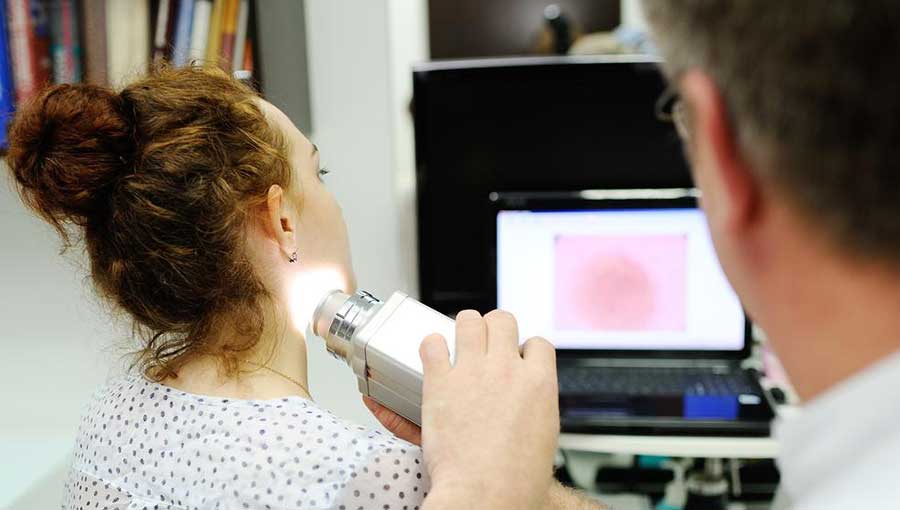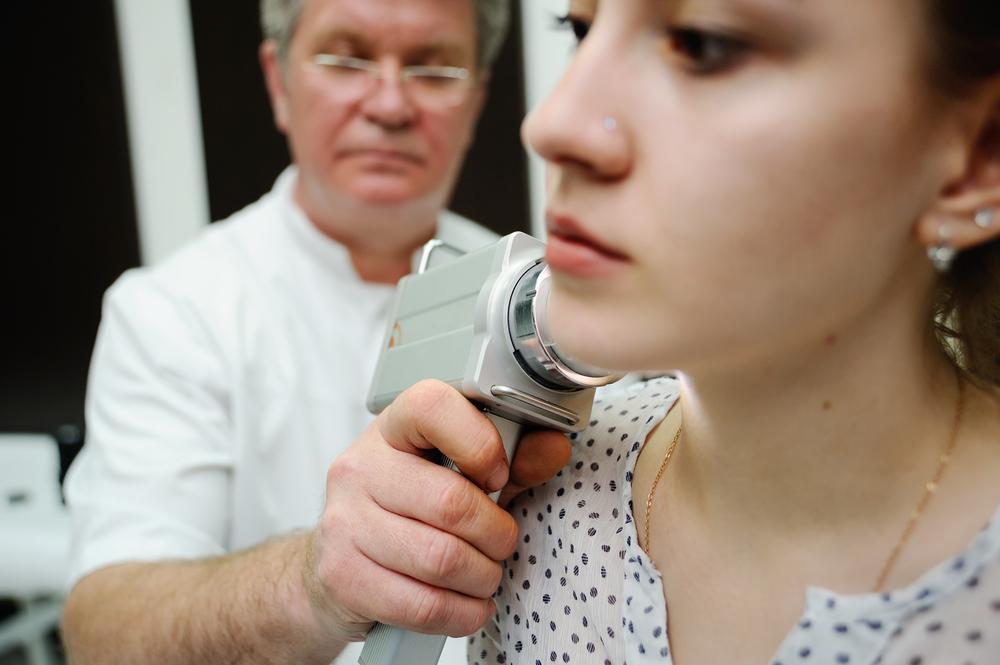Early Detection and Diagnosis of Melanoma
Early detection of melanoma involves regular self-examinations and professional skin assessments. Recognizing changes in moles or freckles and understanding biopsy procedures are crucial for diagnosis. This guide emphasizes the importance of routine checks and medical consultation for skin cancer prevention.

Early Detection and Diagnosis of Melanoma
Identifying melanoma early is best achieved through regular self-examinations of your skin. While most people have moles and freckles, any changes such as elevation, peeling, shape alteration, or discomfort should prompt a visit to a healthcare professional. An annual skin check is recommended, especially for those with fair skin, many moles, or significant sun exposure.
To perform a self-inspection at home…
Performing a skin self-exam
Use a mirror to scrutinize moles, freckles, and birthmarks for changes, paying close attention to areas such as:
Back
Shoulders
Neck
Chest and abdomen
Scalp
Face
Both front and back of arms
Groin area
Front and back of legs
Hands, feet, between fingers and toes, under nails
Skin biopsy procedures
Primary care doctors often perform skin assessments and may recommend biopsy if suspicious changes are observed, especially in individuals with frequent tanning or a family history of skin cancer. Various biopsy methods include:
Punch biopsy
Involves removing a small, circular tissue sample using a special tool for examination.
Optical biopsy
Utilizes reflectance confocal microscopy (RCM) to examine skin layers non-invasively.
Shave biopsy
Removes the top skin layer with a scalpel; bleeding might occur, and cauterization may be needed.
Fine needle aspiration (FNA)
Uses a thin needle, guided by imaging techniques, to extract cells, often from deeper tissues or lymph nodes.
Incisional biopsy
Removes part of a suspicious mole or growth for detailed testing.
Sentinel and surgical biopsies
Employed in advanced melanoma cases to assess cancer spread to lymph nodes. Sentinel node biopsy involves dye injection and node removal for analysis; surgical biopsies may remove lymph nodes directly.
Important Notice:
This information is provided for educational purposes only and should not replace professional medical advice. Always consult qualified healthcare providers for diagnosis and treatment decisions.










